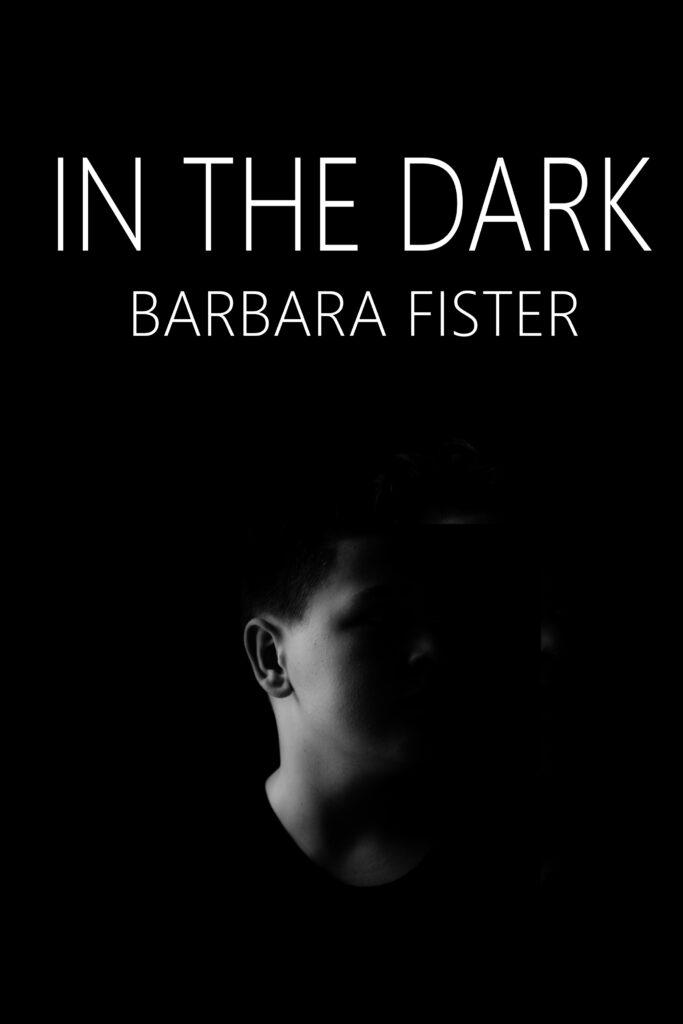 I’ve thought for years that we need to help students do more than find and use information, we need to help them know where it comes from and what traditions and practices influence it. (I published an article making this argument the year before Mark Zuckerberg scraped the Harvard student directory and made a “hot or not” app that eventually became Facebook, and designed and taught a seminar starting in 2005 that tried to address this notion.) So it’s not a new burr under my saddle, but it has been aggravated by the flourishing of our epistemological crisis. It was honestly kind of exhilarating to draft the first PIL Provocation essay on this theme, using the meta-conspiracy theory QAnon as an example. It fascinates me that “doing the research” and “thinking critically” can lead to … where QAnoners have gone.
I’ve thought for years that we need to help students do more than find and use information, we need to help them know where it comes from and what traditions and practices influence it. (I published an article making this argument the year before Mark Zuckerberg scraped the Harvard student directory and made a “hot or not” app that eventually became Facebook, and designed and taught a seminar starting in 2005 that tried to address this notion.) So it’s not a new burr under my saddle, but it has been aggravated by the flourishing of our epistemological crisis. It was honestly kind of exhilarating to draft the first PIL Provocation essay on this theme, using the meta-conspiracy theory QAnon as an example. It fascinates me that “doing the research” and “thinking critically” can lead to … where QAnoners have gone.
Continue reading “reimagining information literacy in the QAnon era”
 It’s here! You Are Here: A Field Guide for Navigating Polarized Speech, Conspiracy Theories, and Our Polluted Media Landscape by Whitney Phillips and Ryan M. Milner has been published this week (MIT Press, March 2) and it’s wonderful. Throughout the book, the authors use the natural world and the threats it faces as a metaphor for the network “pollution” that we all experience, pollution that hardens polarization, distributes misinformation, and knows no borders. This metaphor allows the authors to focus on how polluted information spreads and what to do about it rather than examining motives or assigning political blame; it also points to the unequal social burden of this pollution, similar to environmental racism. Polluted information is nothing new, but in recent years we’ve built a network system that amplifies and spreads it with great efficiency. This polluted environment (one the US is particularly responsible for building) is one that is interconnected and one we all share, so it requires a communal effort to restore it to health. You’re here. I’m here. What we do affects us all. The authors write:
It’s here! You Are Here: A Field Guide for Navigating Polarized Speech, Conspiracy Theories, and Our Polluted Media Landscape by Whitney Phillips and Ryan M. Milner has been published this week (MIT Press, March 2) and it’s wonderful. Throughout the book, the authors use the natural world and the threats it faces as a metaphor for the network “pollution” that we all experience, pollution that hardens polarization, distributes misinformation, and knows no borders. This metaphor allows the authors to focus on how polluted information spreads and what to do about it rather than examining motives or assigning political blame; it also points to the unequal social burden of this pollution, similar to environmental racism. Polluted information is nothing new, but in recent years we’ve built a network system that amplifies and spreads it with great efficiency. This polluted environment (one the US is particularly responsible for building) is one that is interconnected and one we all share, so it requires a communal effort to restore it to health. You’re here. I’m here. What we do affects us all. The authors write: One of the stickiest issues we face is how to fix the internet so it isn’t a democracy-threatening amplifier of disinformation and a tool to incite racist, fascist hate and violence. It’s an old problem. While John Perry Barlow’s
One of the stickiest issues we face is how to fix the internet so it isn’t a democracy-threatening amplifier of disinformation and a tool to incite racist, fascist hate and violence. It’s an old problem. While John Perry Barlow’s  It’s been a moment. About five exhausting years of moments. A telescoping sequence of “oh my god” moments, from Muslim bans and kids in cages and Charlottesville and Pizzagate–ha ha, remember that goofiness? ha ha, so weird–to ever more urgent signs of imminent climate catastrophe, to a mishandled pandemic to gamified delusional bonding online to a mass uprising against state violence against black folks to open insurrection by a flag-waving white supremacist alliance. The attack on the Capitol seemed like a bizarre season finale, broadcast live, that got more and more real as the media created by the insurrectionists to memorialize their moment was scraped and assembled. It was
It’s been a moment. About five exhausting years of moments. A telescoping sequence of “oh my god” moments, from Muslim bans and kids in cages and Charlottesville and Pizzagate–ha ha, remember that goofiness? ha ha, so weird–to ever more urgent signs of imminent climate catastrophe, to a mishandled pandemic to gamified delusional bonding online to a mass uprising against state violence against black folks to open insurrection by a flag-waving white supremacist alliance. The attack on the Capitol seemed like a bizarre season finale, broadcast live, that got more and more real as the media created by the insurrectionists to memorialize their moment was scraped and assembled. It was 



